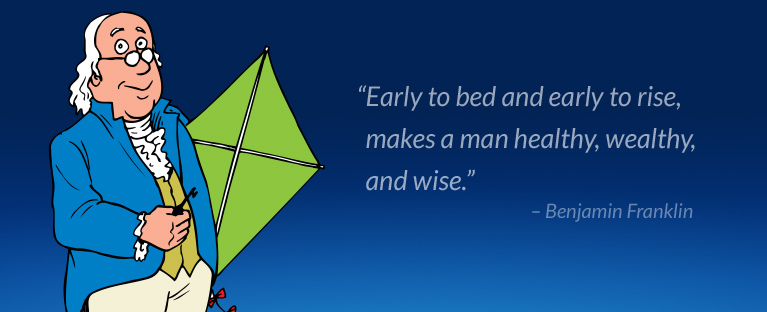Although The Walt Disney Company is credited with having coined the term edutainment, the concept of entertaining while educating goes back at least as far as the colonial days of Ben Franklin and his Poor Richard’s Almanac.
The Farmer’s Almanac is probably the first almanac people today could name off the top of their head (if any), but Poor Richard’s Almanac is likely the second one that most would recall, even though it was published so long ago in the 1700s.
Poor Richard’s Almanac contained clever sayings, stories, poems, puzzles, weather forecasts, advice, etc. Mr. Franklin’s creative combination of having content that educated and entertained most likely had a lot to do with his loyal readership and his long-term success.
Creativity has always been the hallmark of successful edutainment, which as the word implies, refers to content that is designed to both educate and entertain.
Think of your favorite teacher, and chances are he or she introduced some creativity into the classroom which made learning enjoyable!
Without creativity, education is usually not very entertaining. And in today’s world, content that doesn’t engage and entertain runs the risk of taking a backseat in the marketplace.
This is why I think it’s so important for edutainment marketers to make sure that strategy not only drives their creative, but that the creative works to engage the target audience, captivate their interest, and provide synergy between learning and fun.
In this blog, I’ll share creative insights I’ve gleaned from 20+ years as a creative agency director working with marketers from some of the biggest names in the entertainment, education and edutainment industries, including Disney, PBS and USA Today.
I hope you will find these insights useful, educational and—of course—entertaining.
Next time, we’ll talk about how edutainment has evolved and where the industry seems to be headed in the future!
For help with your edutainment creative projects contact The Lawnsby Group.









Leave A Comment